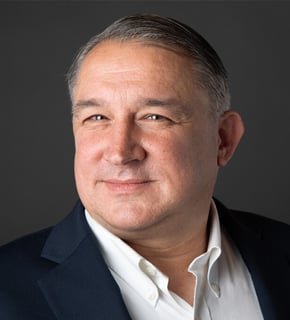
Marcus is an oenophile that holds Series 7, 63 and 66 securities licenses, with a degree in international economics, which makes him a really smart wine connoisseur.
Prior to joining FP Transitions, Marcus was exploring his life-long dream of producing world-class wine by working at two pioneering Oregon wineries, Lange Estate and Erath. While assisting in the production of multiple award-winning wines, he began to miss the warm, safe, and less physically demanding nature of his former life in the financial services industry.
With 15 years of industry experience in multiple roles at TD Ameritrade and Securities America, Marcus’s varied experience has included everything from recruiting financial professionals to working to develop the first ever online brokerage window in a 401(k) plan. Through it all, his focus has been to assist investment professionals in achieving their goals through identifying and implementing best practices in business development, practice management, succession planning, and technology integration.
Marcus’s passion is creating new products and services. He had the rare opportunity to join Ameritrade while it was still family owned and was there during the development of many new lines of business and technologies. At FP Transitions, Marcus is responsible for the support and evolution of FP Transitions’ popular Equity Management Solutions™ (EMS), helping thousands of advisors learn how to manage the equity of their practices and businesses.
Marcus earned his B.A. in international studies (international economics) at the University of Nebraska, with dual minors in German and economics. He lives in Tigard, Oregon, with his wife Mary Stuart and their three lovely children, Cole, Madeline, and Lauren.
Marcus’s perfect vacation is a trip to Burgundy spent crawling through cellars, tasting barrel samples of Grand Cru Burgundy with the winemakers and discussing the different vintages and winemaking techniques, followed by a trip to the Côte d'Azur for some sail/beach time on the Med.
Marcus’s Resources
blog
Six Steps to Creating An Effective Continuity Plan
blog
Controlling What You Can, Learning From What You Can’t
discussion
Beyond Size and AUM: Qualities of an Exceptional Buyer
discussion
Addressing Capacity and Scalability for Acquisition Success
discussion
More Than a Continuity Requirement
video
Funding Continuity
blog
Controlling What You Can, Learning from What You Can't
blog
6 Steps to Creating an Effective Continuity Plan
blog